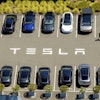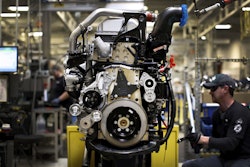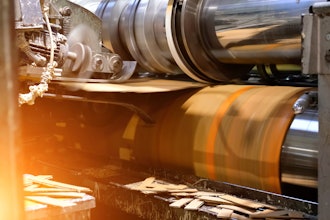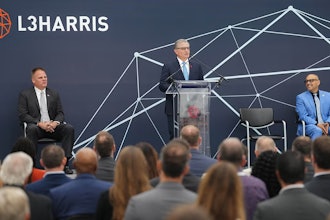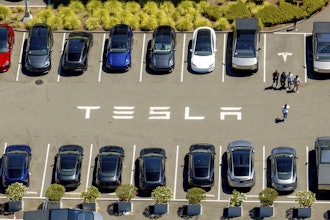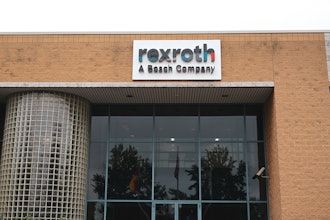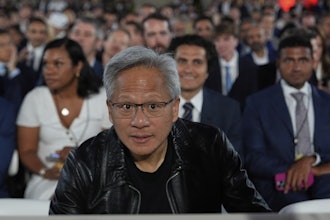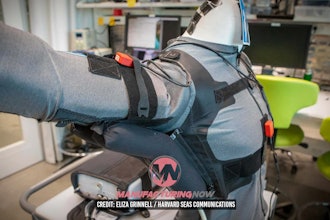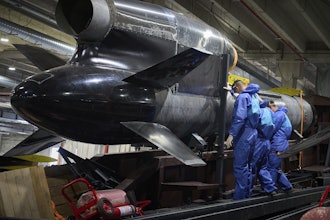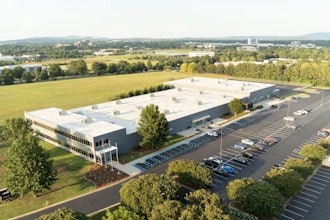The Internet was abuzz after Apple announced more details about its new foray into wearable technology: the Apple Watch. Responses were mixed, with excitement over the device’s new functionality mingled with concerns about its high price point. Investors were also mixed in their reception, leaving the stock largely unchanged by the close of trading Monday.
They should know better. If history is any guide, Apple will once again prove itself an unstoppable category creator. While wearable tech was already registering impressive sales before the Apple Watch was announced last year, its most popular category — fitness trackers — are quickly becoming obsolete in the face of smartphone convergence. Perhaps it would be more accurate to consider Apple a category accelerator, as its entrance into the market will almost certainly mainstream wearable tech. But in doing so, manufacturers and product designers must avoid the temptation to reduce future wearable tech into pretty objects with limited functionality or applications of little value.
We must avoid the bauble-ization of wearable tech.
Even before Apple CEO Tim Cook finished speaking today, social media was lighting up with memes critical of the Apple Watch’s high price point. Prices start at $350, and go up to over $10,000. LA Times tech reporter Tracey Lien took to Twitter to perfectly capture the popular sentiment:
Apple Watch pricing: pic.twitter.com/1yNOlHpl8l
— Tracey Lien (@traceylien) March 9, 2015If you’ve been paying attention, however, these numbers shouldn’t be shocking. Apple has worked hard to establish itself as a luxury brand — a fact acknowledged by its customers and detractors. Its stores generate more revenue per square foot than any other retailer in the United States, including Tiffany’s and Coach. It recently hired Angela Ahrendts, the former CEO of Burberry, to head its retail presence. It talked Paul Deneve, a former employee who had gone on to become CEO of Yves Saint Laurent, to return to the mothership. Apple’s flagship products command a healthy premium over rival offerings without losing significant market share. One can even argue that for wearables to evolve into a mature product category, they must stop being seen as novelty items and start being treated with the same serious consideration given when purchasing non-tech wearables — dumb watches, jewelry, clothing, and accessories. Part of this is done by emulating the premium pricing these products frequently command. By placing its watch in the same rarified price range as standard — that is, non-tech — luxury watches, Apple may be doing the entire vertical a favor by forcing it to grow up in a hurry.
But growing up can be risky.
Apple is a market maker. When it enters a new vertical, its ability to project high sales enables it to force down component costs not only to its benefit, but to the indirect benefit of all market participants. Smartphone LCD prices fell after the iPhone. The cost of producing a tablet fell after iPad production began. And there’s another important factor which will almost assuredly exert downward pressure on prices: the sheer variety of custom options available to consumers.
The ability to combine different base models, screen sizes, and strap materials means that customers must decide which of the 34 different Apple Watch combinations they want. (Apple is more akin to Starbucks than Henry Ford in its views on consumer choice.) This customization can only exist because of intelligent supply chain management, and these supply chains will ultimately benefit new entrants to the competitive field as other vendors enter the ecosystem, offering their services to new companies intent on bringing their own wearables to market.
The net result of this activity will be a substantial reduction in the price of components used in wearable technology. But existing wearables manufacturers may benefit from Apple’s new entry in other ways. Many people will look at the advent of the Apple Watch and decide that while $349 may be more than they are willing to spend, they will, nonetheless, purchase some kind of wearable device to see what all the fuss is about. I remember having just such an attitude in 2007 when watching Steve Jobs announce the first iPhone. While I wasn’t willing to pay for the privilege of using a first-gen product (or signing a contract with AT&T, who was then the exclusive service provider for all iPhone users), I did decide to up my game a bit and get rid of my old Nokia phone in favor of a Blackberry Pearl.
I was not alone in indirectly upgrading as a result of the iPhone. It’s easy to forget today just how beneficial the short-term effects of the iPhone were to other phone manufacturers. Blackberry’s share price nearly doubled in the six month window following the first iPhone announcement.
So far, so good. We want to see some healthy competition for our dollar-votes in a category as nascent as wearable tech. But what will new and existing wearable tech companies be producing? Surely not more fitness trackers. If history is any guide, companies will start to follow Apple’s lead by building pretty devices that, while possibly succeeding as jewelry, an article of clothing, or other fashionable product, will lack Apple’s imagination in producing a tech device which actually does something useful. The pendulum will swing away from chips enclosed in neoprene and toward the other extreme of pretty objects of questionable value.
Granted, some features of the Apple Watch may already be of questionable value. (Do I really need the love of my life to wirelessly send her heart beat to my watch?) But many of the applications offered by the Apple Watch seem pretty handy: Apple Pay, realtime maps, and text messaging all make more sense as apps based on your wrist than on your phone.
While Apple is to be credited for helping force the evolution of wearable tech beyond being mere novelty items, manufacturers following in Apple’s wake must avoid the temptation to merely produce baubles with microchips. At element14, our community of electronic engineers has demonstrated some innovative wearable applications, including a hat that alerts the wearer of movement behind them, and a smart uniform that wirelessly alerts coaching staff when an athlete sustains a forceful impact on the field.
The Apple Watch may be the category accelerant we’ve been waiting for, but wearable technology is still in its infancy. Electronic engineers have a great opportunity to shape the future by designing products that are both highly functional as well as fashionably smart. Thanks to Apple, these products will meet with a larger addressable market than ever before.
Time to start building!
Sagar Jethani is the Head of Content for Newark element14, a division of Premier Farnell.
To read more manufacturing and technology news, sign up for our newsletter. You can also follow Manufacturing Business Technology on Twitter @MBTwebsite.



